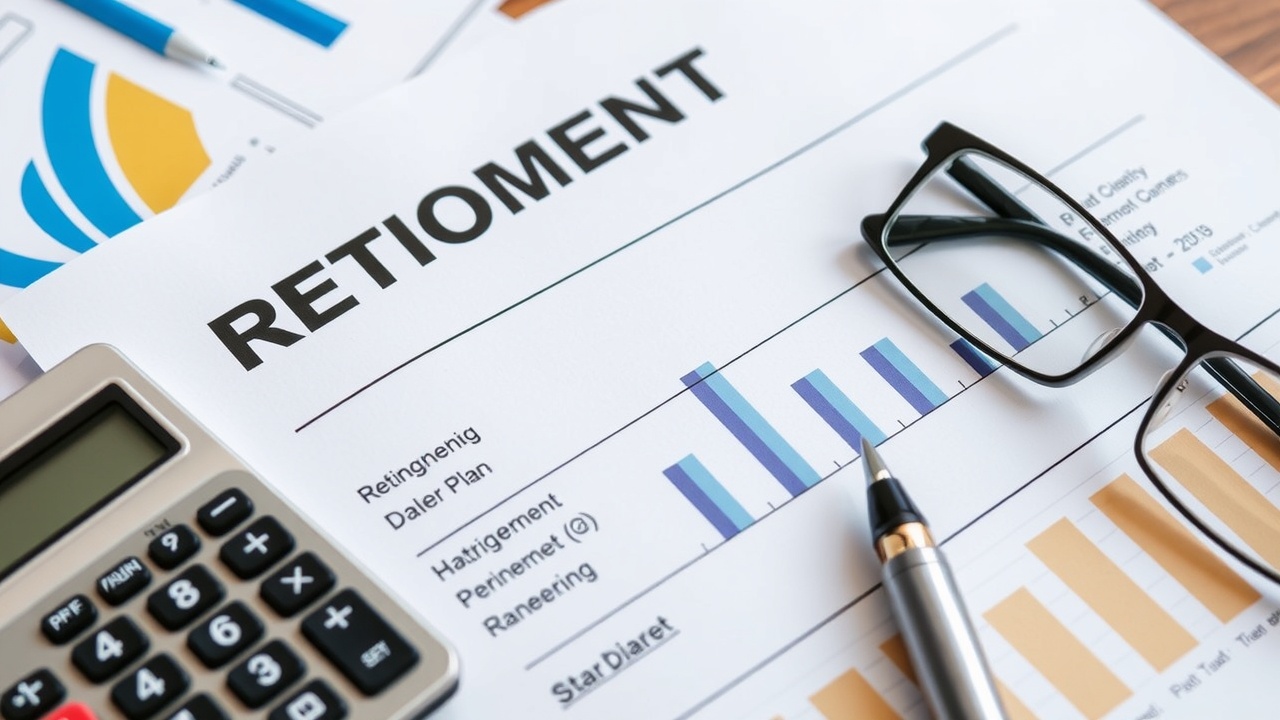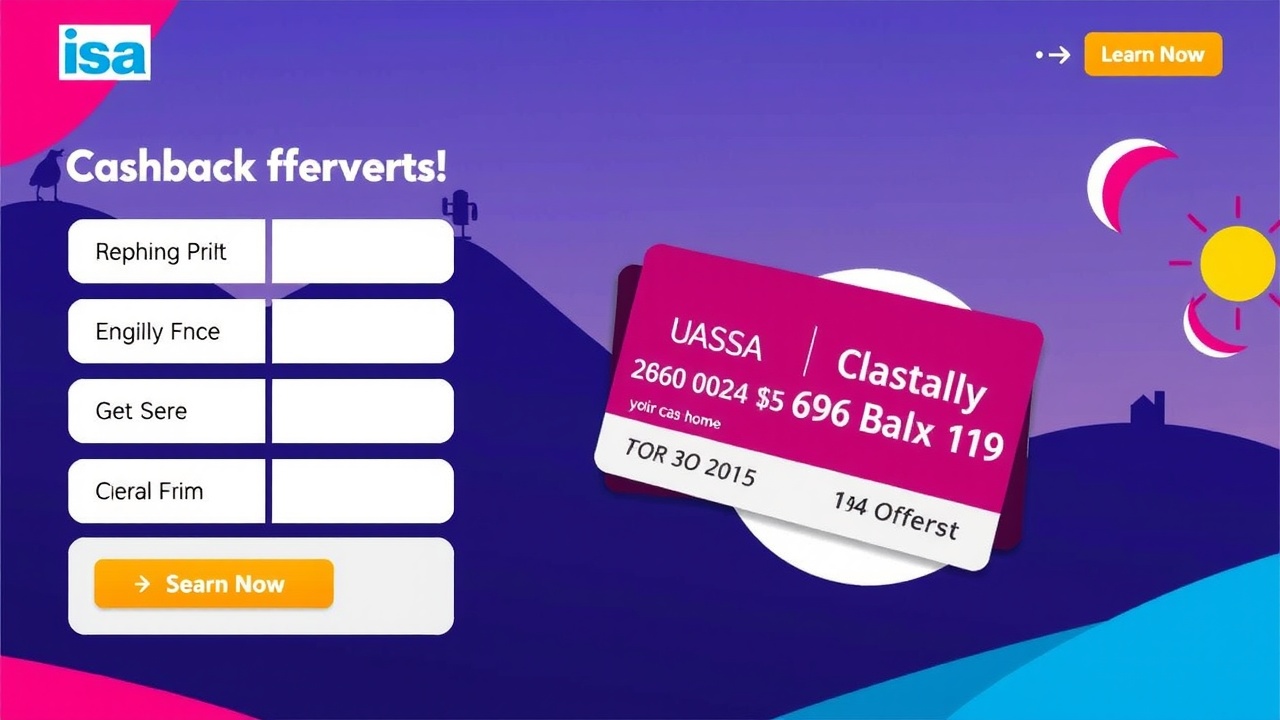
Personal pensions that are self-invested are just that—personal to you, not your employer
If you so choose, you can have the same SIPP for the rest of your life. Here's how to manage your retirement fund.
You're probably already making contributions to your workplace pension plan, so you're saving for your ideal retirement. However, what happens if you decide to go self-employed or change jobs? While the money isn't lost, it may become more difficult to manage.
In order to maintain control over your retirement funds, self-invested personal pensions, or SIPPs, can be very helpful in this situation. Your SIPP is essentially your lifetime pension fund, independent of changes in your work situation.
Previous governments' plans to allow workers to select their own workplace pension plan that tracks them as they advance in their careers and change jobs have been abandoned.
In their "pot for life" concept, the employee, not the employer, selects the pension plan into which contributions are made, allowing savers greater control over the investments made with their pension. Additionally, it was intended to make managing your finances simpler rather than leaving you with a variety of pots every time you get a new job.
Combining previous workplace pensions into a SIPP or private pension already provides many of these benefits.
Either a DIY investing platform or a financial advisor can be used to set this up.
There are already a lot of savers moving from previous workplace plans to SIPPS. According to calculations made by wealth platform AJ Bell, combining your pensions to lower charges could increase your pension pot by more than 7,000 after ten years.
We discuss the factors to take into account in a separate guide when deciding between a SIPP and a workplace pension.
For savers who wish to maintain more stringent control over their retirement funds, SIPPs provide several benefits, according to James Floyd, managing director of SIPP platform Alltrust.
The intrinsic adaptability of a SIPP permits contributions to be modified in accordance with a person's financial situation. He notes that people can easily raise their contributions to their SIPP as their income rises or when extra money becomes available, which will speed up the growth of their retirement fund.
According to Floyd, "a SIPP also offers the opportunity to consolidate these into a single account for those who have accumulated multiple smaller pension pots over their working lives."
Through unified investment management and possible economies of scale, this consolidation may result in a larger overall fund, which will ultimately assist people in increasing the size of their retirement savings.
Moreover, SIPPs let people divide their money among asset classes, in contrast to some pension plans that have more limited investment options. This could include those that, historically, have shown the capacity to outperform inflation in the long run, like commercial real estate.
SIPPs give retirees the flexibility to access their money in a variety of ways, based on their personal preferences, when the time comes for them to retire and take withdrawals.
Withdrawing ad hoc lump sums as needed, taking a regular income through pension drawdown, or using a portion of their SIPP to buy a lifetime annuity that offers a guaranteed income stream are all considered options.
According to Floyd, "this flexibility enables retirees to create a personalized and adaptable retirement income strategy that can be adjusted to meet their changing financial needs and potentially optimize their tax efficiency during their retirement years."
Here are some things to think about when choosing a SIPP.
Pay attention to platform and fund fees.
Investment platforms will charge you fees for managing your portfolio in addition to fees for trading and funds.
Some will charge flat fees, which might be preferable if you have a larger pot, while others will charge a percentage fee based on the value of your holdings.
If you intend to regularly rebalance your portfolio, it might be worthwhile to choose a provider that offers minimal or no fees for purchasing and disposing of funds and shares. However, you should also look at trading costs, as these vary among platforms.
Alice Haine, a personal finance analyst at Bestinvest, advises clients who intend to transfer their pension to a different provider to "consider the annual ongoing costs for any funds you invest in and the exit fee, if there is one."
Additionally, be sure to check for ad hoc expenses like income drawdown charges with certain providers. Older plans can be rather costly to analyze, so it may be more economical to combine them into a single pot.
Switch and get paid.
There may be incentives for referring friends, as well as cashback or other offers and benefits when you open a SIPP or transfer your pension.
For instance, if you switch to a new HL Self-Invested Personal Pension, Hargreaves Lansdown is currently offering 40% off your account charge for a maximum of six months.
Choice of investment.
Every investment platform is unique, and some may offer a different selection of shares and funds.
Verify whether a platform's fund selection aligns with your investing philosophy, such as whether you prefer sustainable or ESG products.
According to Haine, "look for any extras a platform offers, like the ability to invest in ready-made portfolios, off-the-shelf fully-managed investment portfolios where investment experts do the hard work for you by building a diversified portfolio of investments at a relatively low cost that is tailored to different risk levels."
Tools for investing.
Depending on your level of experience and assistance requirements, providers may provide varying degrees of support, such as research tools and best buy fund lists.
Some might even give access to portfolio health checks or financial advisors.
According to Clare Stinton, head of workplace savings at Hargreaves Lansdown, "people looking for their first SIPP should consider whether the range of investment choices suits their needs, the help provided choosing investments, the service including access to manage a pension through app, website, and telephone support, plus access to wider investment accounts such as ISA, and cost."
PensionBee director of public affairs Becky OConnor advises examining industry ratings, reviews, and recommendations.
Sites like Boring Money and Defaqto provide ratings for investment platforms.
"You may prefer a personal pension provider that scores highly in reviews and independent ratings for good service if you value good customer service and being able to speak to someone about your pension with ease," says OConnor.
If you value digital accessibility, for instance, and would prefer to use an app to access your pension instead of logging in online, choose a provider with a high rating for app functionality.
"If you continue to feel in control of your pension, having access to information and guides may be crucial. In this case, providers who provide a wealth of useful and pertinent content may be the best choice.
Are you considering transferring your pension?
Not everyone will benefit from transferring their pension, particularly if their current plan offers specific benefits.
The option to withdraw over 25% as a tax-free cash lump sum is available for older pensions that were taken out prior to April 2006, Guy continues.
Guaranteed annuity rates (GARs) from other older plans may be higher than those offered by the annuity market at the moment. Therefore, some weighing up needs to be done.
You should also see if your employer would be willing to make a SIPP contribution, Haine says.














Leave a comment on: How to use a SIPP to create your own "pot for life" pension